Uninsured (UM) and underinsured (UIM) motorist coverage protects the injured party after an accident when the at-fault party’s insurance is insufficient. UM coverage applies when the at-fault party has no insurance, or is a hit and run driver. UIM coverage applies when the at-fault party has some insurance but not enough.
UM/UIM coverage not only benefits the driver of the vehicle but passengers as well. To qualify for UM coverage, a passenger usually must “occupy” the vehicle at the time of injury. In Hudson v. GEICO, the Rhode Island Supreme Court laid out the factors to determine who is an “occupier” for UM coverage.
Hudson v. GEICO
Plaintiff Hudson was a passenger in a parked vehicle when she exited it to assist a nearby accident. As Hudson was assisting the accident, she was struck by an oncoming vehicle and tragically injured. The driver that hit Hudson was not insured, therefore, she attempted to benefit from the UM coverage of the driver of the car she had been a passenger in.
Defendant GEICO argued that since Hudson left the parked vehicle to assist the nearby accident, she was not “occupying” the vehicle at the time of her injuries so she could not benefit from the driver’s UM policy. GEICO’s policy defined “occupying” as, “in, upon enter into, or alighting from [the vehicle].
Looking at GEICO’s policy, the Court started with a broad interpretation of the “occupying” provision because it was intended to include persons other than the insured. The Court then set forth a four-pronged test (from the case General Accident Insurance Co. of America v. Olivier) to determine, based on the facts, whether Hudson was an occupier.
Olivier Four-Pronged Test for Occupier
- Whether there is a causal connection or relation between the plaintiff’s injury and the use of the insured vehicle: since Hudson was in the insured vehicle when she became aware of the collision, there was a sufficient nexus between the insured motor vehicle and her injuries, and this prong was met.
- Whether the plaintiff was in a reasonably close geographic proximity to the insured vehicle: the parties agreed that this prong was met.
- Whether the plaintiff was vehicle-oriented rather than highway- or sidewalk-oriented at the time of the injury: the Court looked at the intent of the individual and the purpose of being outside the vehicle, concluding that an individual remains vehicle oriented when departure from the insured vehicle is due to a temporary interruption. Hudson satisfied the third prong because the accident in which she assisted was a temporary interruption compelling her to immediately exit the insured vehicle.
- Whether the plaintiff was engaged in a transaction essential to the use of the vehicle at the time of her injuries: R.I. Gen Laws Section 11-56-1, the Good Samaritan Act, requires that a person render reasonable assistance at the call of distress in an accident. In order to administer assistance, a person must exit his or her car. Thus, when Hudson left the insured vehicle to administer rescue efforts, she was engaged in a transaction essential to the use of the insured vehicle at the time of her injuries.
All four Olivier criteria do not need to be met for UM “occupier” coverage to apply. The determination is extremely fact-driven and will vary from case to case. Here, Hudson met all four Olivier criteria, allowing her to benefit from the drivers’ UM coverage and help compensate for her extensive injuries.
Contact The Bottaro Law Firm, LLC Today
At the Bottaro Law Firm, LLC, we deal with complex coverage issues on a daily basis. We work diligently to get maximum coverage and compensation for our clients’ losses after an accident. Contact us today to discuss your potential claim, 24/7, at no cost to you.

